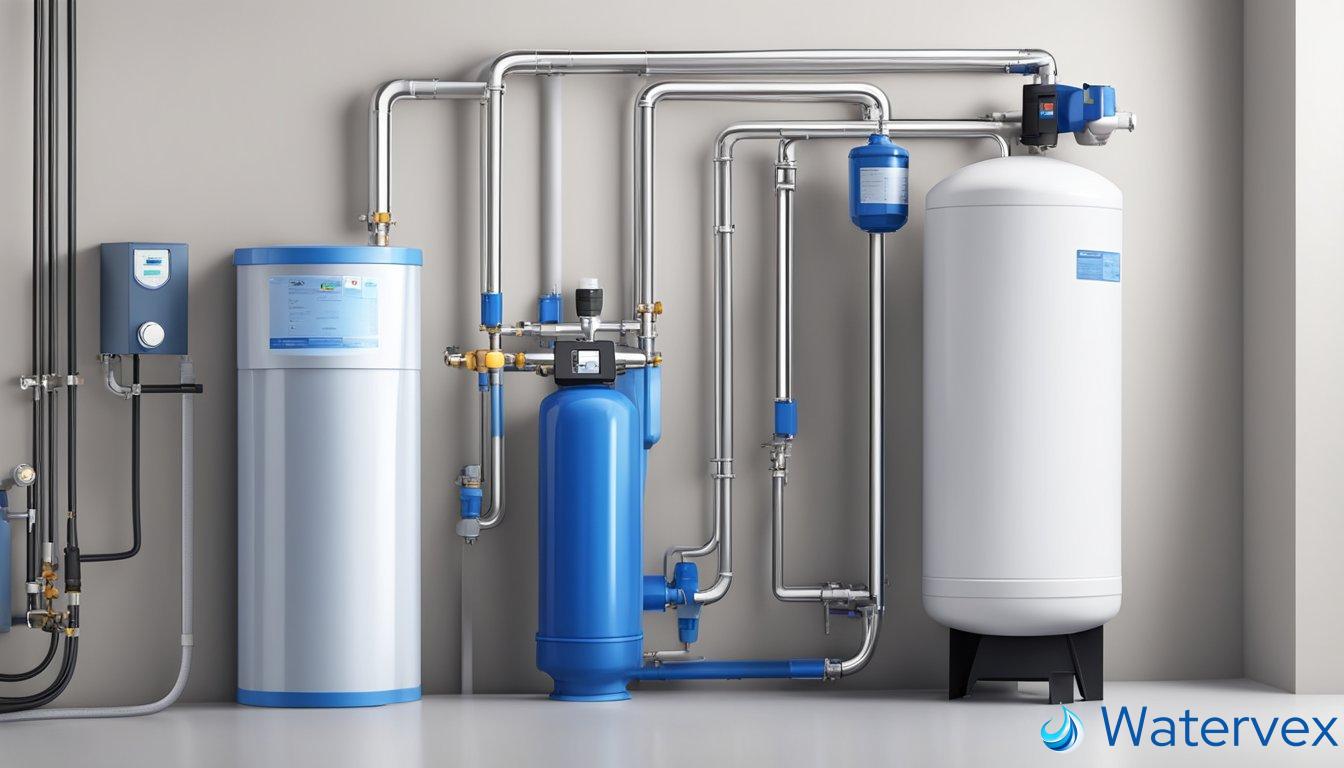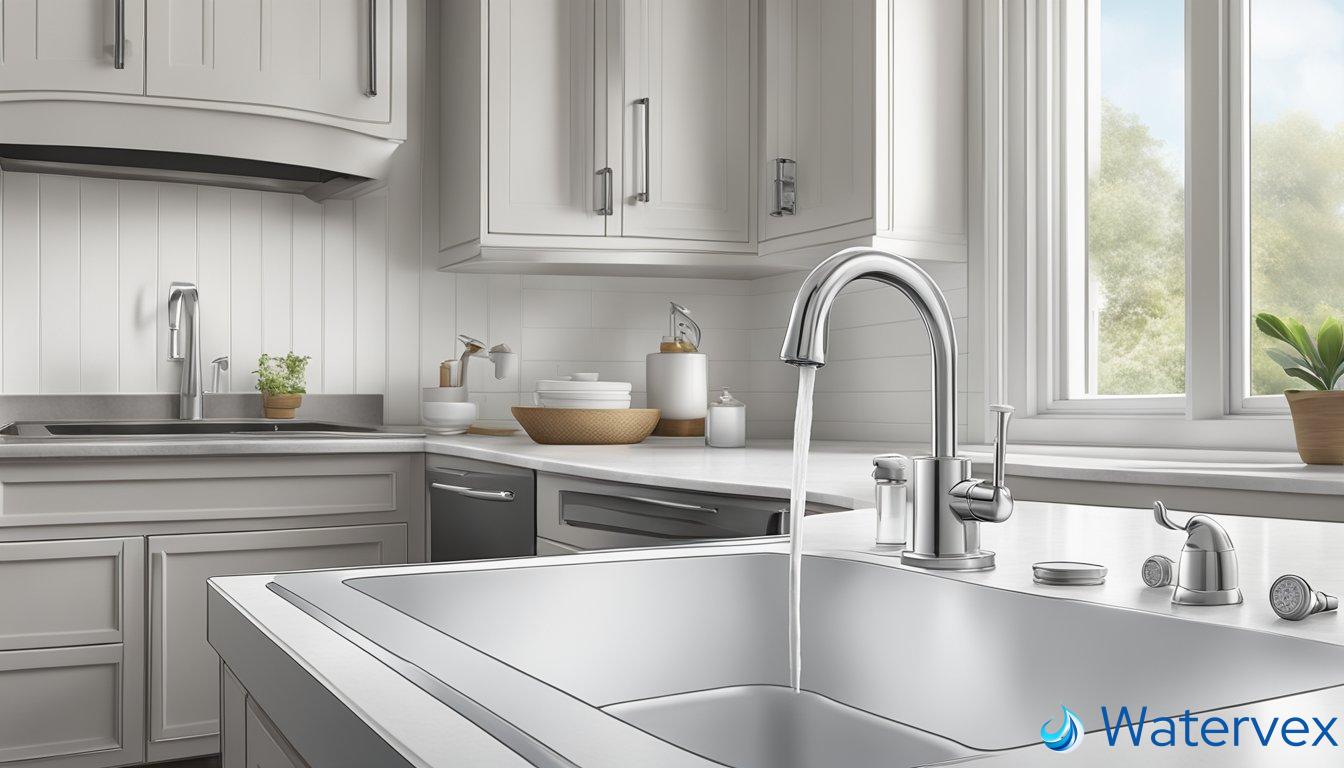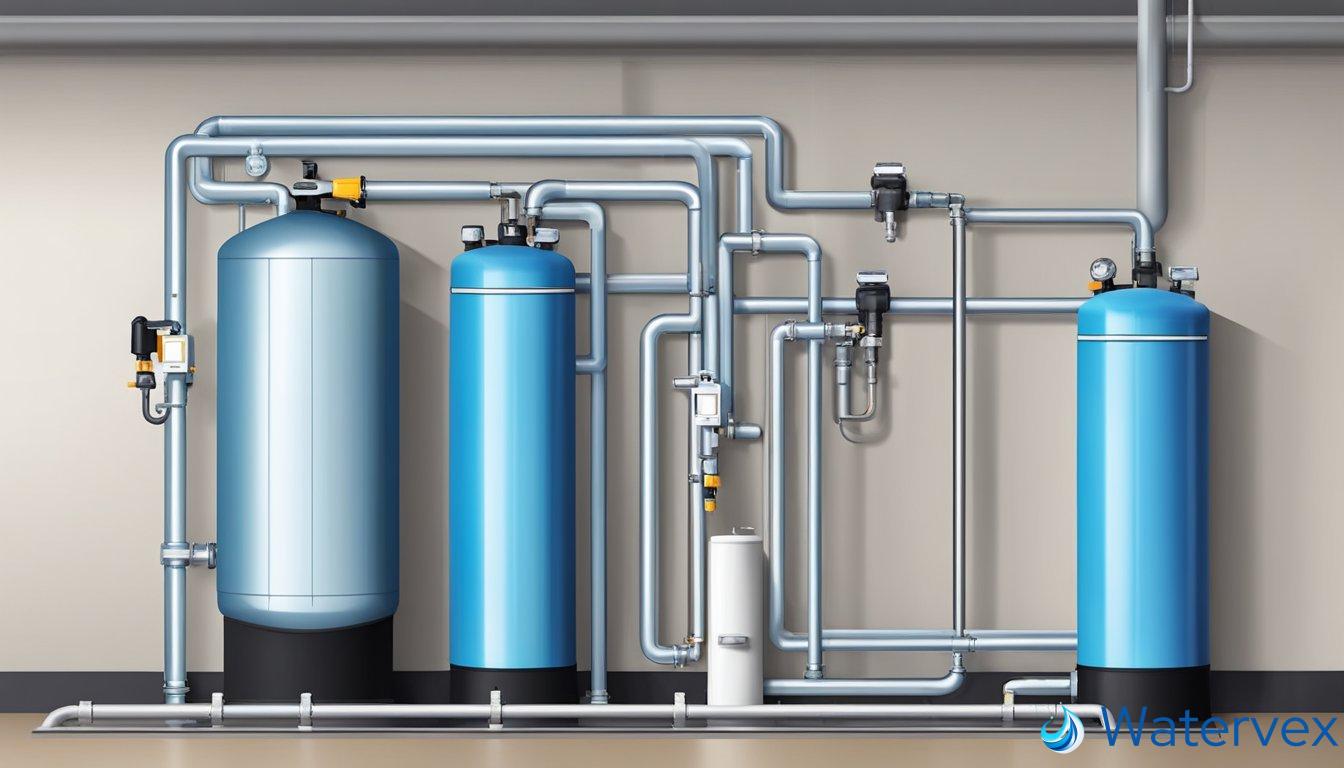When considering the functionality of water softeners, a key question often arises: do they start working instantaneously? Understanding the mechanics is essential. These units typically operate through a process called ion exchange, where calcium and magnesium ions, responsible for hard water, are replaced with sodium or potassium ions, thereby softening the water.

Upon installation or after the regeneration cycle, it does not take long for the water softener to begin its job. Usually, you can expect to have softened water within 60 to 120 minutes. The time needed can vary depending on the model and its specific regeneration cycle. Regular maintenance and understanding the operational guidelines ensure that the system provides a consistent supply of softened water, which, in turn, prevents scale buildup, improves appliance longevity, and can enhance the water’s taste.
Key Takeaways
- Water softeners begin working shortly after installation or regeneration.
- Consistent maintenance is crucial for water softener efficiency.
- Softened water offers benefits like preventing scale and improving appliance lifespan.
Understanding Water Softeners
In this section, we’ll zero in on the mechanics and benefits of water softeners, with a sharp focus on their immediate action once installed.
What Are Water Softeners?
Water softeners are devices designed to reduce hardness in water, typically caused by minerals like calcium and magnesium. These minerals can lead to scale buildup in your pipes and appliances, impacting your water quality and the lifespan of household fixtures. The core components of these systems include a mineral tank, brine tank, and control valve.
The Science of Water Softening
Ion exchange is the key process behind water softening. Your water supply carries dissolved hard water minerals into the mineral tank where resin beads sit. These beads are loaded with sodium ions or potassium chloride if you’re using a potassium-based salt alternative.
As hard water passes through the resin bed, the calcium and magnesium ions swap places with sodium/potassium ions – a true ion exchange. This exchange removes the hard minerals from your water, leaving it softer as it flows out of the tank.
Post-exchange, the brine solution from the brine tank — a mixture of water and salt pellets or sometimes potassium chloride — enters the resin tank to replenish the resin beads with sodium ions for the next cycle, thus maintaining the system’s ability to soften water.
The process starts working as soon as water enters the softening system, but the effects on your water supply are not immediate; it depends on your household’s water usage and the time it takes for the soft water to replace the hard water in your pipes.
Benefits of Softened Water

Softening water at home provides immediate improvements. It removes calcium and magnesium ions, leading to a series of benefits, especially for cleaning and appliance maintenance.
Impact on Household Cleaning
The absence of hard minerals in softened water allows soap to create more lather, making it more efficient. You’ll notice your dishes come out of the dishwasher with no streaks or spots, often a sign of hard water residue. For laundry, your clothes can retain their color and softness longer because the soap rinses out more thoroughly, not leaving behind any mineral-induced stiffness.
Effects on Appliances and Plumbing
Soft water prevents scale buildup in appliances, which means a longer life for your water heaters, dishwashers, and washing machines. Also, since scale can reduce efficiency and increase costs, your utility bills might be lower. In your plumbing system, softened water helps to maintain the health of pipes and fixtures by mitigating scale accumulation, which can eventually lead to clogs and reduced water flow in showers and faucets.
Water Softener Usage and Maintenance

Selecting a water treatment system and understanding how it functions are crucial to managing water quality in your home. Addressing hard water problems with a water softener can enhance your appliances’ efficiency and prevent mineral buildup.
How to Maintain Your Water Softener
Regular maintenance is key to keeping your water softener operating effectively. Check salt levels monthly, ensuring they don’t fall below half-full. Over time, salt bridges can form in the brine tank; break these up to prevent malfunctions. Cleaning the resin tank annually can rid it of accumulated minerals and maintain the integrity of the resin beads, which are essential for the ion exchange process. If you’re on well water, which can contain higher levels of iron, this might need to be more frequent.
- Salt Levels: Keep at least half-full
- Salt Bridges: Break up to maintain efficiency
- Resin Tank: Clean annually or as needed
Maintaining your system also involves replacing parts when necessary, such as the pre-filter, which captures debris before it enters your system. Always make sure to use the right kind of salt recommended by the manufacturer, such as evaporated salt pellets, which are purer and reduce the chances of salt bridges.
Understanding Regeneration Cycles
The regeneration cycle is the process where the water softener refreshes itself to continue softening water effectively. During regeneration, brine solution flows from the salt tank to the resin tank, where calcium and magnesium ions, which cause hardness, are replaced with sodium ions from the salt. Regular regenerations are essential to prevent the buildup of limescale, which can affect appliances and lead to issues like dry skin or inefficient operation of detergents.
- Regeneration: Essential for continued efficiency
- Magnesium and Calcium: Replaced by sodium ions
- Limescale Prevention: Extends appliance life
Understanding your system’s backwash cycle, another part of regeneration, ensures that dislodged mineral deposits are flushed from the system. Most modern units can be programmed to regenerate automatically, usually during times of low water use, like overnight. If you have municipal water that’s less hard, regeneration might be less frequent compared to well water with higher mineral content. However, be aware that some reverse osmosis systems require different maintenance and regeneration approaches. When unsure about handling these cycles, it’s always wise to consult with a licensed professional for water softener maintenance.

